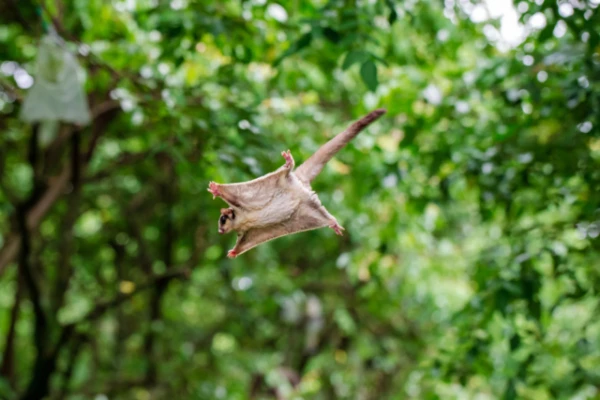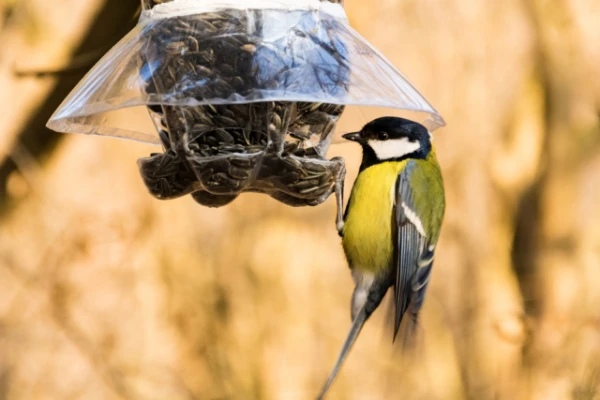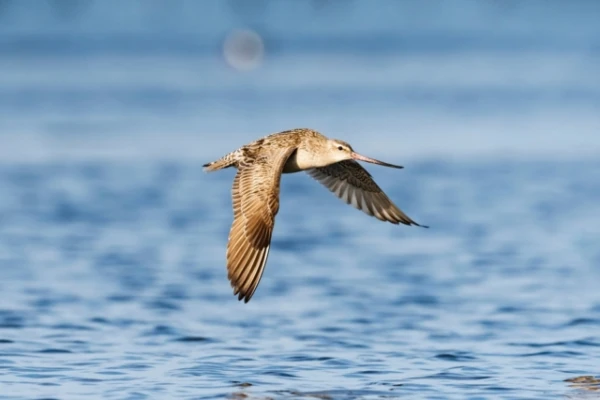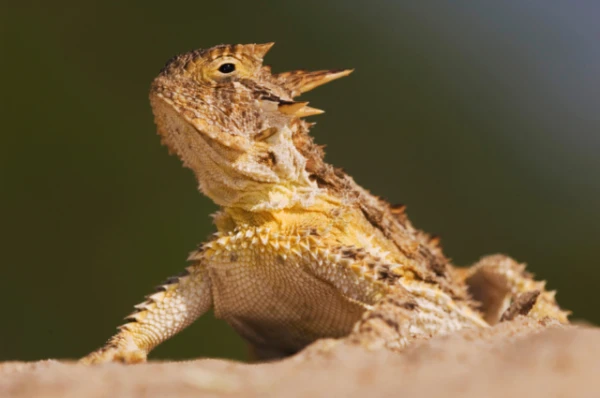
In addition to birds, there are other animals capable of flight, although many of them only glide rather than actively flap their wings. Among these are flying fish, which accelerate underwater and then, using wing-like fins, glide through the air. Sometimes they can soar for up to 45 seconds to escape predators.
Flying frogs, particularly the black-footed tree frog, use the webbing between their toes for gliding from heights, thus covering distances of up to 15 meters.
Flying squirrels — about fifty species of mammals — have skin membranes between their limbs that allow them to make gliding jumps between trees.
True active flight, characterized by continuous flapping of wings, is only found in bats. They demonstrate high maneuverability thanks to their wings made of thin skin and numerous joints.
Equally impressive is the class of flying insects: hundreds of thousands of species — from flies to bees — use special muscles and structures that enable them to take off and stay in the air. These creatures play a key role in ecosystems by providing plant pollination and controlling pest populations.













